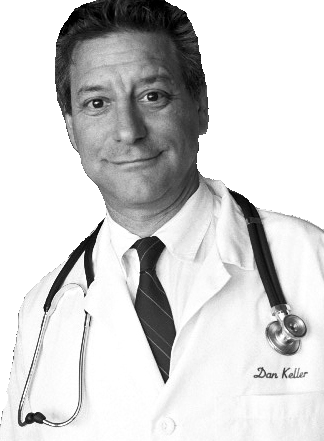Dan Keller's Nursing, Health Policy
and
Healthcare Technology Blog

Dan Keller's Nursing, Health Policy
| 
|
|
|
"The United States alone [among wealthy countries]
treats health care as a commodity to be distributed
according to the ability to pay rather than a social
service to be distributed according to medical need."
-- JAMA (2003), 290, 798.
|